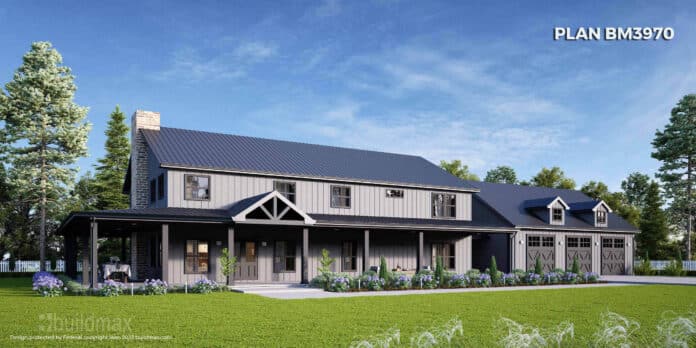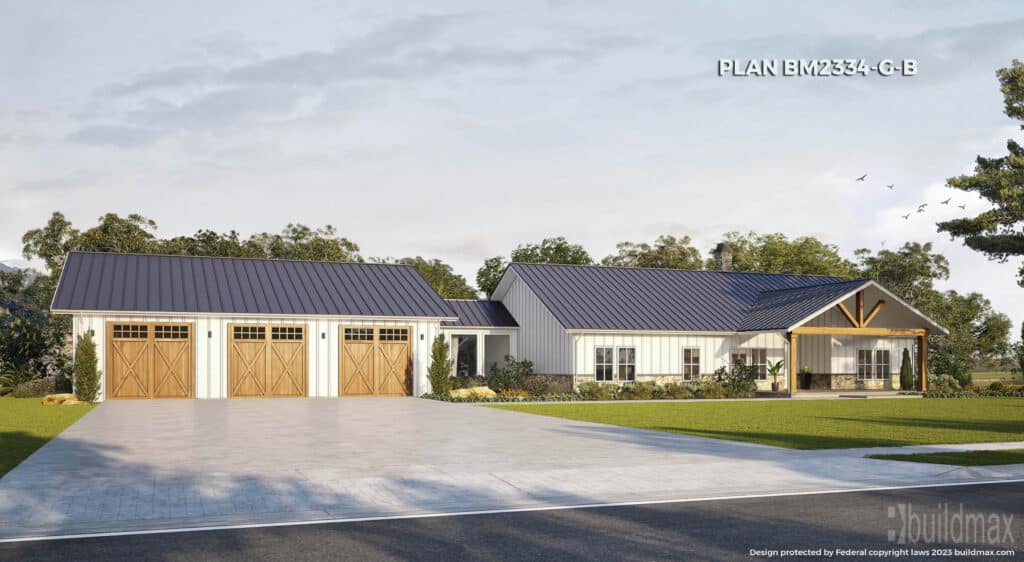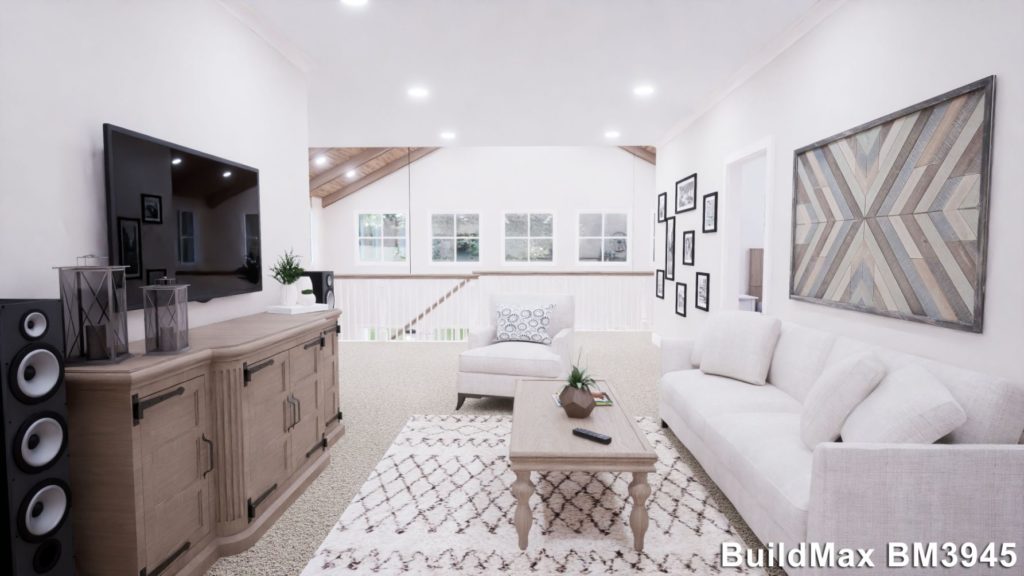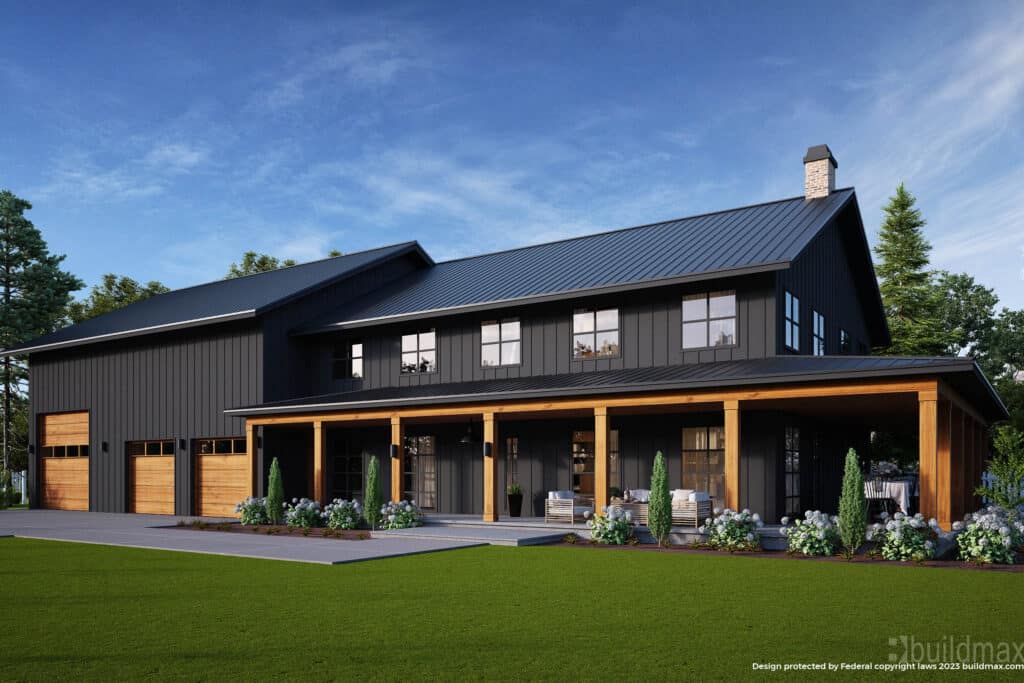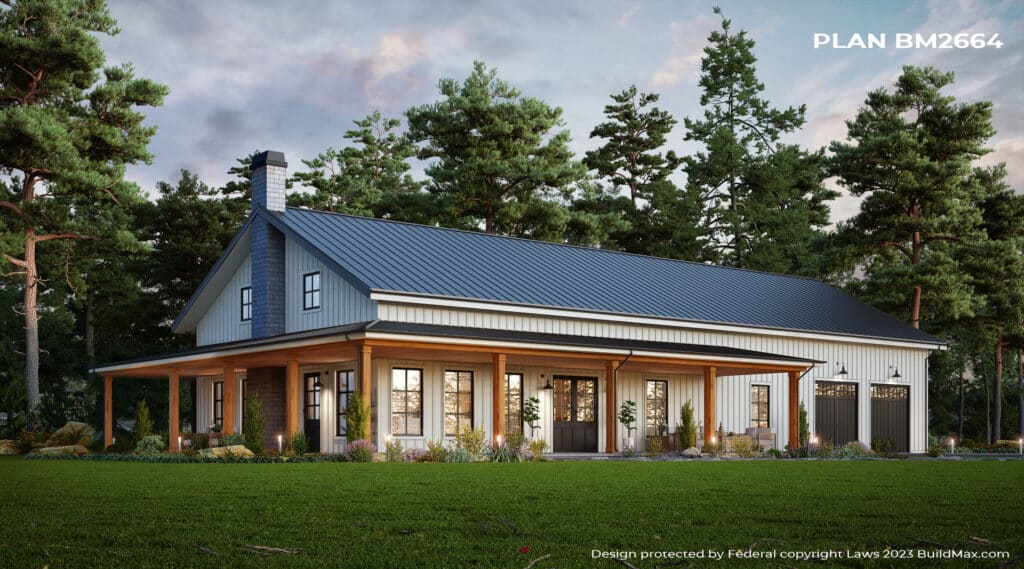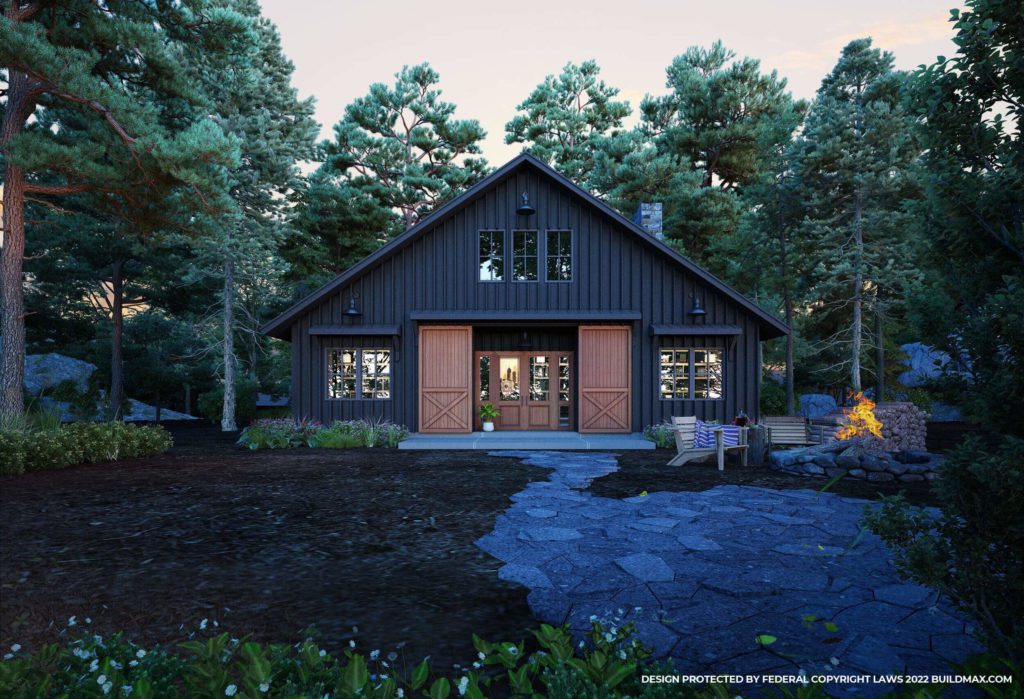Creating a barndominium that can withstand a hurricane involves a multi-faceted approach, addressing various aspects from design to construction materials. Here’s a detailed exploration of how this can be achieved:
1. Understanding Barndominiums
**Definition and Popularity:** A barndominium, a portmanteau of “barn” and “condominium,” is a type of residential structure that combines aspects of barns with traditional homes. These buildings have grown popular due to their spacious layouts, durability, and cost-effectiveness.
**Typical Construction:** Traditional barndominiums are constructed using steel frames, which already offer more resilience compared to standard wooden frames used in most houses. They often feature open floor plans, high ceilings, and large windows.
2. Hurricane Risks and Building Resilience
**Hurricane-Prone Areas:** Areas along coastlines, particularly in the Southeastern United States, are more susceptible to hurricanes. Building in these regions requires special considerations to mitigate risks.
**Resilience Factors:** To withstand hurricanes, buildings must be able to resist high winds, heavy rains, and sometimes even flooding. This includes structural integrity, water resistance, and stability in fluctuating conditions.
3. Design Considerations for Hurricane Resistance
**Aerodynamic Shapes:** Buildings with rounded or sloped shapes fare better against strong winds compared to boxy, flat-sided structures. The aerodynamic design minimizes the wind load on the structure.
**Elevated Foundations:** In flood-prone areas, raising the structure above ground level can prevent water damage. This is particularly important in coastal regions where storm surges can cause significant flooding.
4. Material Choices for Durability
**Steel Frames:** Steel, already a common material in barndominiums, is excellent for structural integrity. It can withstand high winds and is less likely to warp, rot, or be damaged by water compared to wood.
**Impact-Resistant Windows and Doors:** To prevent breakage from flying debris, installing impact-resistant windows and doors is crucial. These are designed to withstand the impact of airborne objects during a storm.
**Roofing Considerations:** Metal roofs, with proper installation, can resist high winds better than traditional shingles. They should be securely fastened to prevent uplift.
5. Construction Techniques
**Reinforced Joints:** The points where walls meet the roof and foundation are critical. Reinforcing these joints can prevent the structure from being torn apart by strong winds.
**Tie-downs and Anchors:** These are used to secure the structure to its foundation, providing extra stability during high winds.
**Internal Bracing:** Adding internal bracing within walls can increase the building’s ability to withstand lateral forces like those experienced in hurricanes.
6. Additional Protective Measures
**Storm Shutters:** Installing storm shutters can protect windows from being broken by debris, a common problem during hurricanes.
**Flood Barriers:** In areas prone to flooding, temporary or permanent flood barriers can be employed to protect the lower levels of the structure.
**Backup Power Sources:** Having a generator or other backup power source is essential for maintaining electricity during and after a hurricane.
7. Compliance with Building Codes
**Local Regulations:** Adhering to local building codes is crucial. These codes are often designed with natural disasters in mind and vary based on the location’s specific risks.
**Certifications:** Seeking certifications like the Fortified Home certification from the Insurance Institute for Business & Home Safety can provide guidelines for building a structure capable of withstanding hurricanes.
While barndominiums can be built to withstand hurricanes, it requires careful planning, appropriate materials, and adherence to local building codes and standards. With the right approach, these structures can offer not just aesthetic and functional benefits but also the much-needed resilience in the face of powerful storms.



